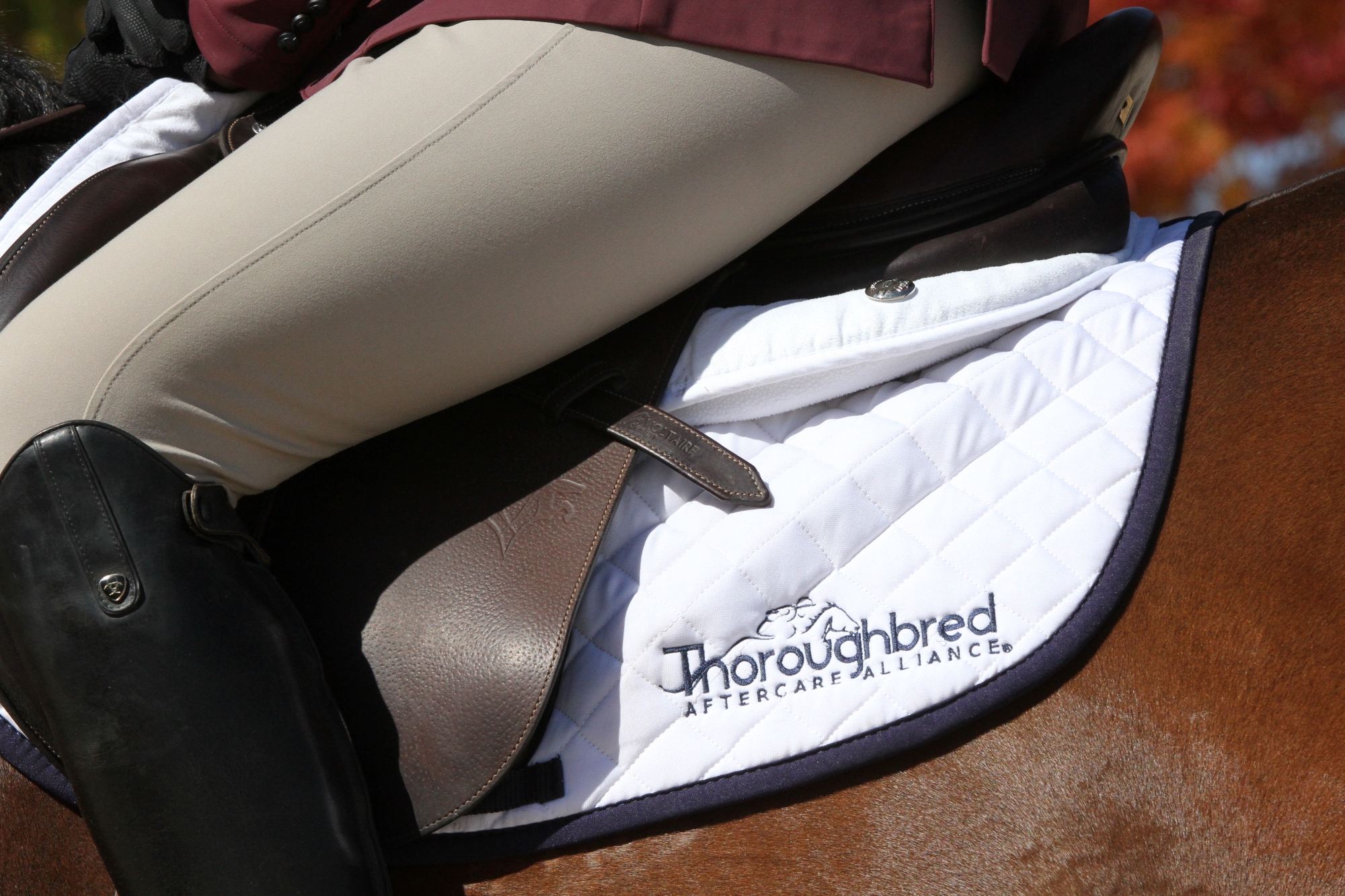Jumping
How to Teach Your Retired Racehorse to Jump
All Posts & News Press Releases Success Stories Aftercare Editorials Retraining Tips Supporter Features Inspector Spotlights Previous Post How to Teach Your Retired Racehorse to Jump How to Teach Your […]
Read More >
Jonny Be Bueno
All Posts & News Press Releases Success Stories Aftercare Editorials Supporter Features Inspector Spotlights Previous Post Jonny Be Bueno Jonny Be Bueno By: Alexis Arbaugh April 16, 2024 Success Stories […]
Read More >














